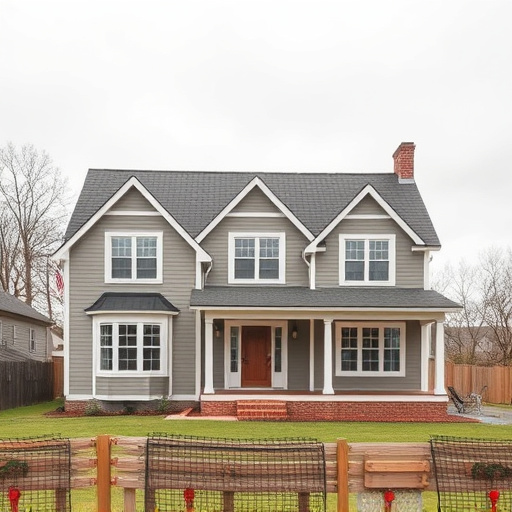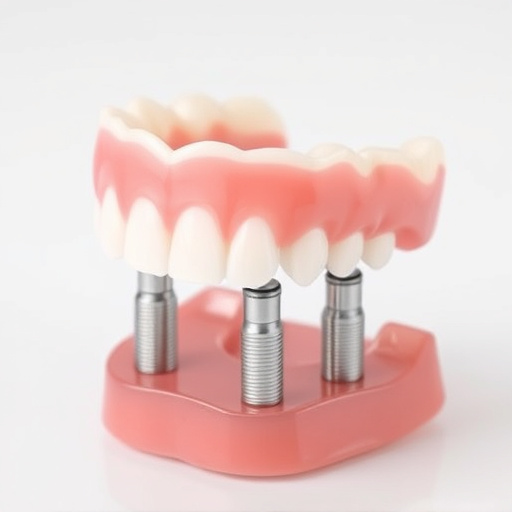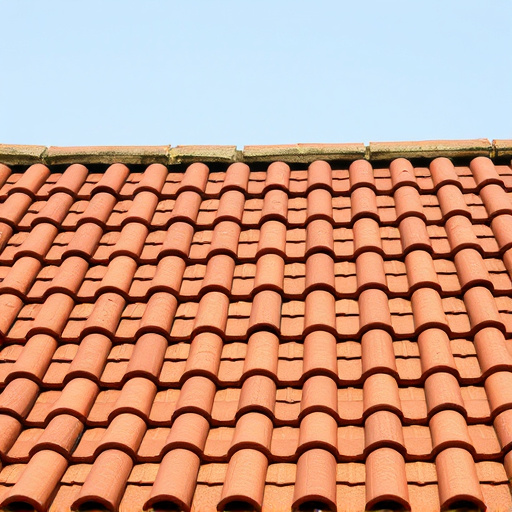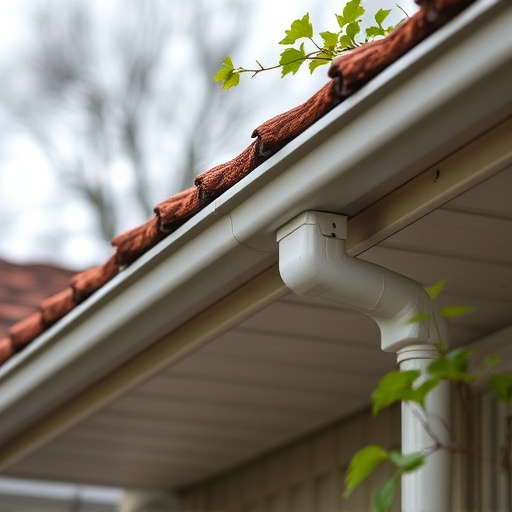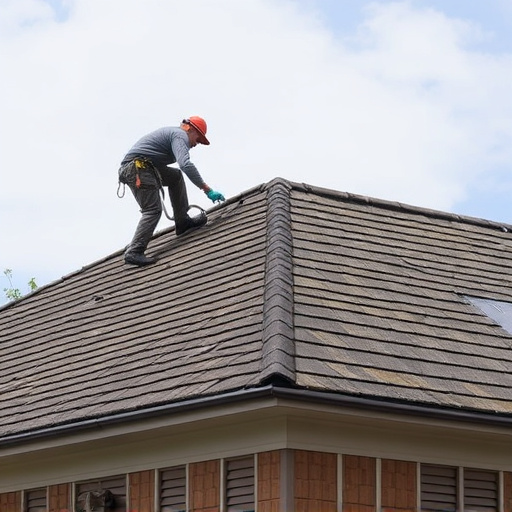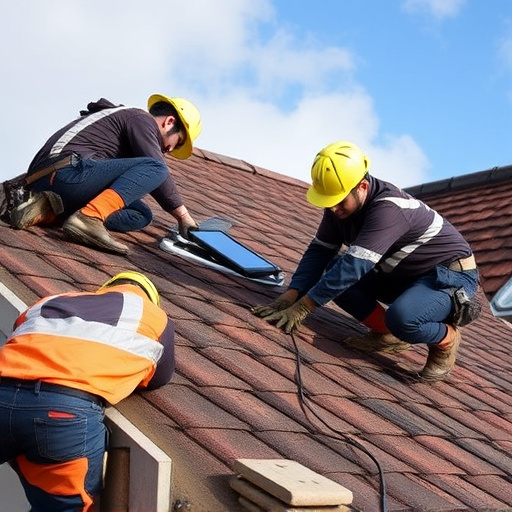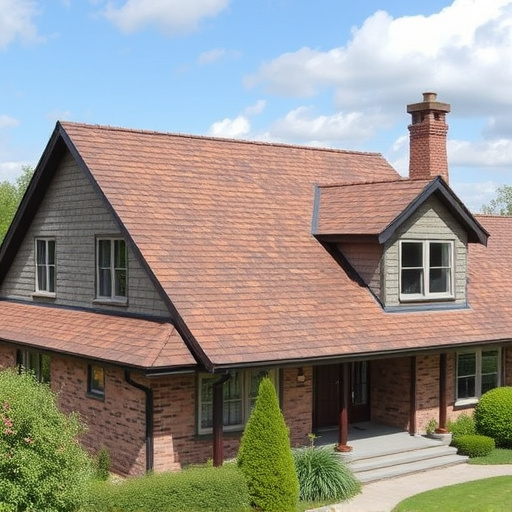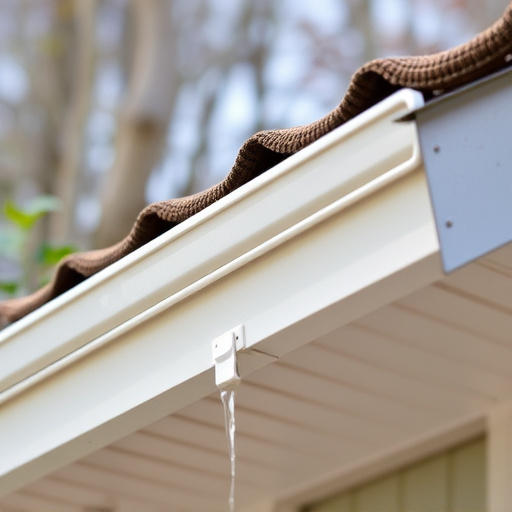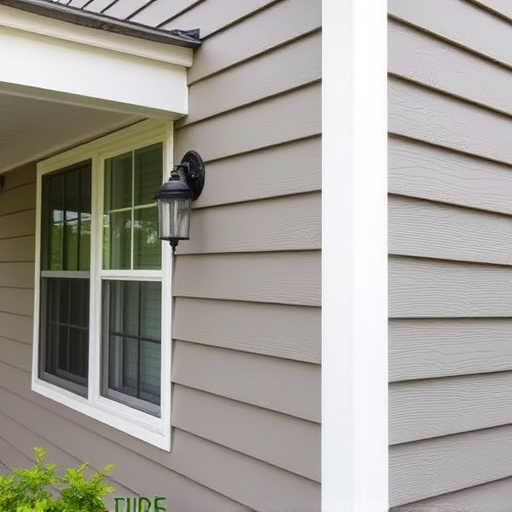Homeowners increasingly opt for green siding services using recycled materials and renewable resources like bamboo or hemp to reduce environmental impact and enhance energy efficiency. Advanced technologies in commercial siding improve sustainability, while professional installers use eco-conscious methods to minimize waste. Fiber cement and recycled content vinyl sidings offer durability, pest resistance, and lower replacement needs, integrating easily into storm damage repairs and overall sustainability goals for siding services.
In today’s eco-conscious world, choosing sustainable options for your home’s exterior is no longer just a trend but a responsible decision. This article explores the green alternatives available in siding services, focusing on materials that offer both environmental benefits and aesthetic appeal. We delve into energy-efficient siding solutions that significantly reduce heating and cooling costs. Additionally, we discuss eco-friendly installation practices ensuring longevity and minimizing waste, contributing to a greener planet one home at a time.
- Exploring Green Alternatives for Siding Material
- Energy Efficiency: The New Standard in Siding Services
- Eco-Conscious Installation Practices for Longevity
Exploring Green Alternatives for Siding Material
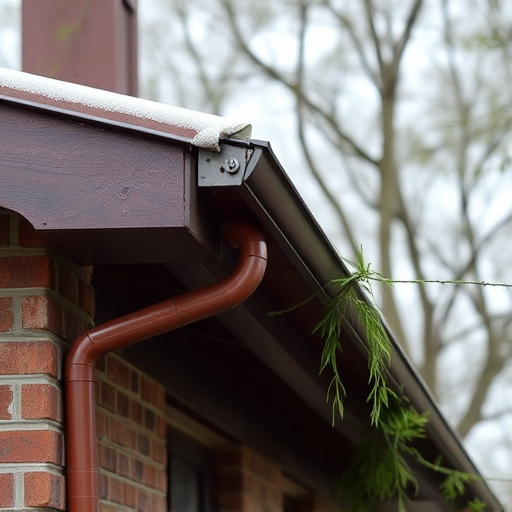
In the quest for sustainable and eco-friendly solutions, many homeowners are now exploring green alternatives for siding material as part of their exterior home improvements. Traditional siding options often contribute to environmental impact due to the resources required for production and disposal. Thankfully, the market offers a growing array of environmentally conscious choices that can enhance the energy efficiency of homes while also reducing waste and carbon footprint. One such option is using recycled materials like reclaimed wood or metal, which not only minimizes the need for new resources but also adds unique aesthetic appeal to any property.
Another promising direction in siding services is the incorporation of innovative composite materials crafted from renewable resources such as bamboo or hemp. These advanced composites are designed to mimic traditional siding while offering superior durability and longevity—a significant advantage over conventional siding installation. Moreover, their exceptional resistance to rot, decay, and pests makes them a practical choice for those looking to navigate storm damage repair without compromising on environmental responsibility. By opting for these green alternatives in exterior home improvements, homeowners contribute to a more sustainable future while enjoying the benefits of attractive, low-maintenance siding solutions.
Energy Efficiency: The New Standard in Siding Services
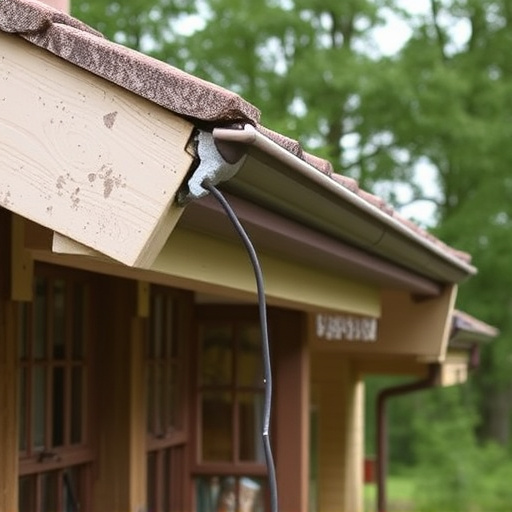
In today’s eco-conscious world, energy efficiency is no longer an option but a standard in many construction and renovation sectors, including siding services. When it comes to exterior home improvements, choosing sustainable materials and methods not only reduces environmental impact but also offers long-term cost savings for homeowners. Newer siding options are designed with advanced insulation properties, allowing for better temperature regulation within homes, which translates to reduced energy consumption and lower utility bills.
Commercial siding is evolving to meet these new standards, integrating cutting-edge technologies and materials that enhance energy efficiency. From recycled content vinyl sidings to high-performance fiber cement boards, these innovative solutions provide not just an aesthetically pleasing exterior but also a more environmentally friendly one. Moreover, professional roof consulting services are increasingly incorporating energy audits and recommendations as part of their offerings, ensuring that every aspect of exterior home improvements contributes to overall sustainability goals.
Eco-Conscious Installation Practices for Longevity
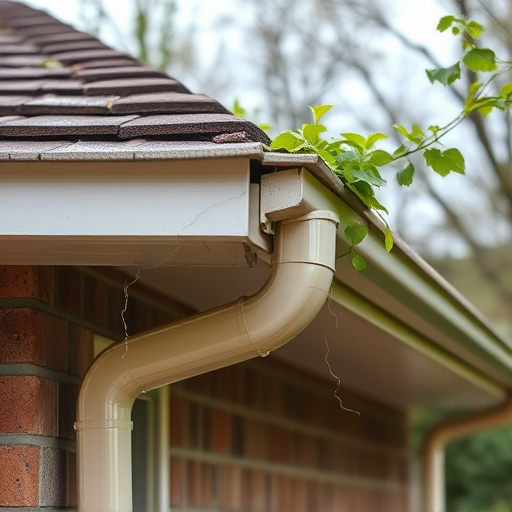
In the realm of sustainable construction, eco-conscious installation practices are pivotal for ensuring longevity in any siding service. Professional installers now employ techniques that minimize environmental impact while maximizing the lifespan of new residential siding. This includes using specialized tools and methods to reduce waste during the installation process, such as precise cutting to avoid overspending materials and efficient fastening techniques that prevent unnecessary damage to the siding itself.
Additionally, many siding companies are embracing eco-friendly materials, integrating recycled content into their products to further enhance sustainability. When considering residential siding options, homeowners can now choose from a range of green alternatives like fiber cement, which is known for its durability and resistance to rot, mold, and pests. This not only reduces the need for frequent replacements but also lowers the environmental footprint associated with manufacturing and disposal, making it a smart choice in terms of both sustainability and storm damage repair.
When it comes to siding services, opting for sustainable and eco-friendly choices isn’t just a trend but a responsible step towards preserving our planet. By exploring green alternatives, prioritizing energy efficiency, and adopting conscious installation methods, homeowners can significantly reduce their environmental impact while enjoying long-lasting, aesthetically pleasing results. Making informed decisions about your home’s exterior is an investment in both beauty and sustainability for generations to come.


